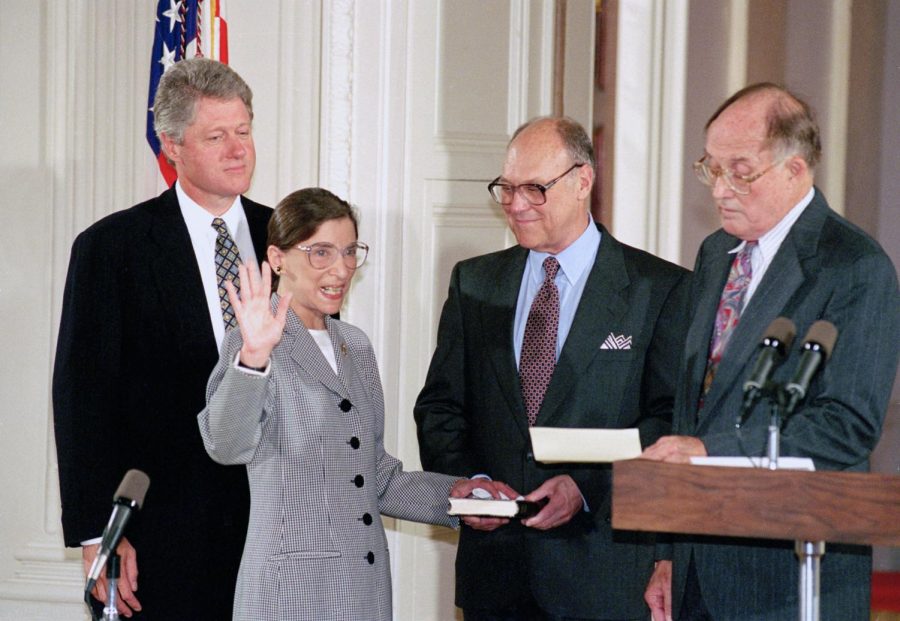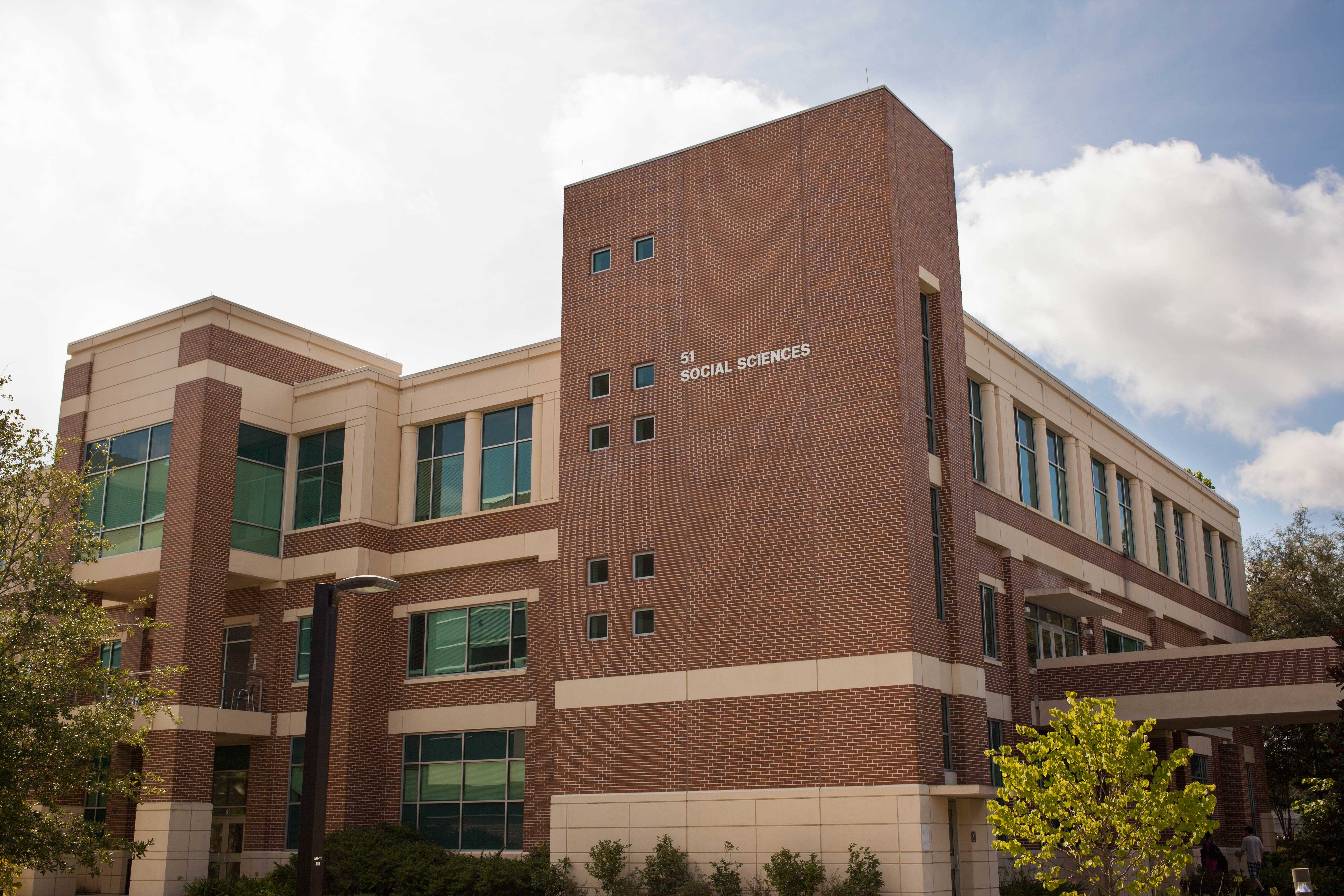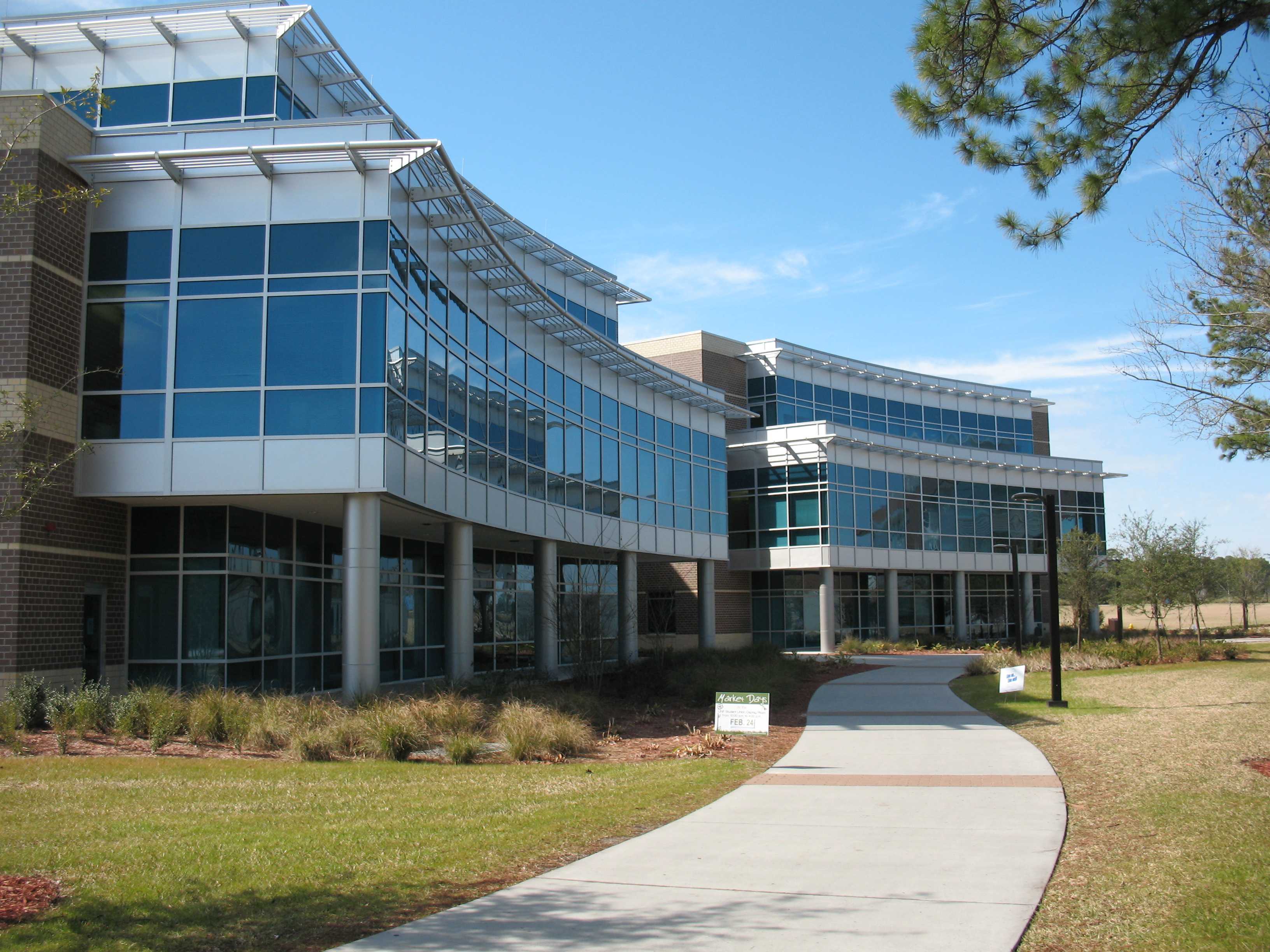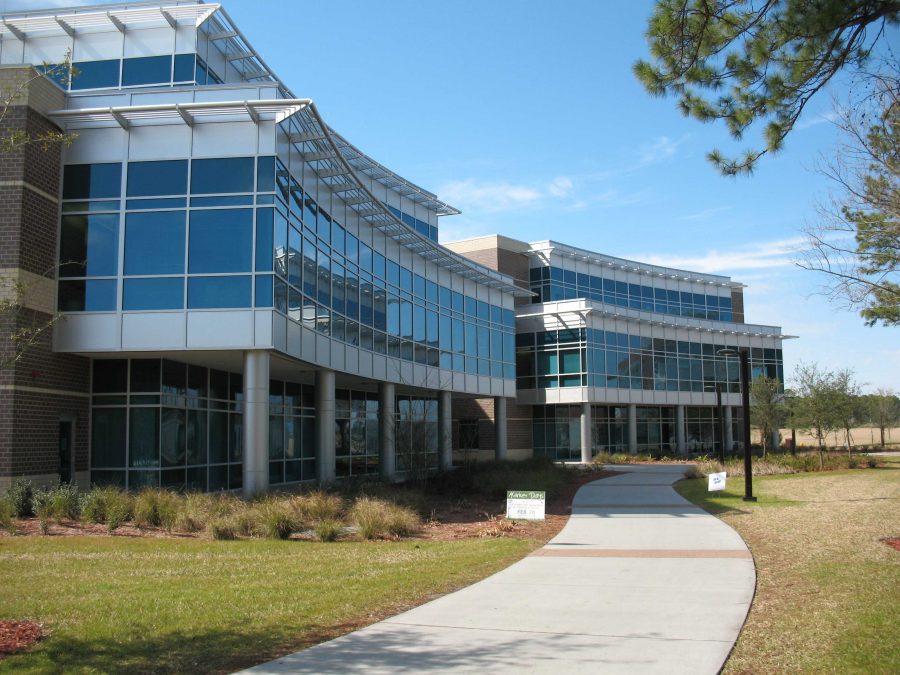Analysis: The new Supreme Court vacancy could spell a political ‘nightmare’ for both parties
FILE – In this Aug. 10, 1993, file photo, Supreme Court Justice Ruth Bader Ginsburg takes the court oath from Chief Justice William Rehnquist, right, during a ceremony in the East Room of the White House in Washington. Ginsburg’s husband Martin holds the Bible and President Bill Clinton watches at left. The Supreme Court says Ginsburg has died of metastatic pancreatic cancer at age 87. (AP Photo/Marcy Nighswander, File)
September 25, 2020
In May 2016, President Obama had nominated the Chief Judge of the D.C. Court of Appeals, Merrick Garland to the U.S. Supreme Court after the death of Associate Justice Antonin Scalia. It was an election year, and Senate Majority Leader Mitch McConnell (R-KY) refused to take action on Garland’s nomination—the seat was filled by Neil Gorsuch, who was appointed by President Trump in 2017.
After Scalia’s death, Senate Majority Leader McConnell said, “let’s let the American people decide. The Senate will appropriately revisit the matter when it considers the qualifications of the nominee the next president nominates, whoever that might be.”
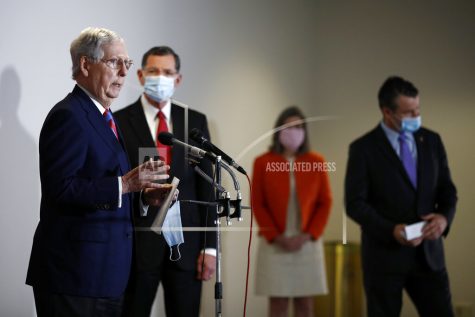
Four years after this quote, hours after the death of Associate Justice Ruth Bader Ginsberg, Mitch McConnell declared “President Trump’s nominee will receive a vote on the floor of the United States Senate.”
There are benefits to waiting again. By a 13 point margin in a YouGov poll after Ruth Bader Ginsberg’s death, those polled said they would prefer whoever wins in 2020 to nominate the next Supreme Court justice. If President Trump puts a nominee forward before Election Day, this could swing the election away from Republicans in vulnerable races, which would flip the balance of power in the Senate. If the President waits, however, it would likely fire up his base, specifically Evangelical voters who wish to overturn Roe v. Wade.
The rebalancing of the court forces Democrats into a state of desperation. If Republicans lose the Senate and the presidency, the GOP could see retribution in the form of court-packing by Democrats. The idea of court-packing goes back to 1937—Franklin D. Roosevelt tried to expand the size of the court to appoint justices who were friendly to his New Deal programs. This was a gambit that ultimately failed, but the idea didn’t die with his bill. Court-packing is a dangerous idea, and one in which Democrats may find themselves partial to, provided the GOP expands the majority of conservative justices. Granted, this is a rather unpopular idea. In the same YouGov polled mentioned above, 39% of voters polled oppose increasing the size of the Supreme Court compared to 32% of those who support it.
Overall, both parties are in an awkward position. Democrats may have to resort to court-packing to regain balance in the Supreme Court, and the GOP is rushing forward with an unpopular timeline for appointing the next Supreme Court justice. This may seem like a blessing for the GOP, but it could be a nightmare for both sides.
__
For more information or news tips, or if you see an error in this story or have any compliments or concerns, contact [email protected].


